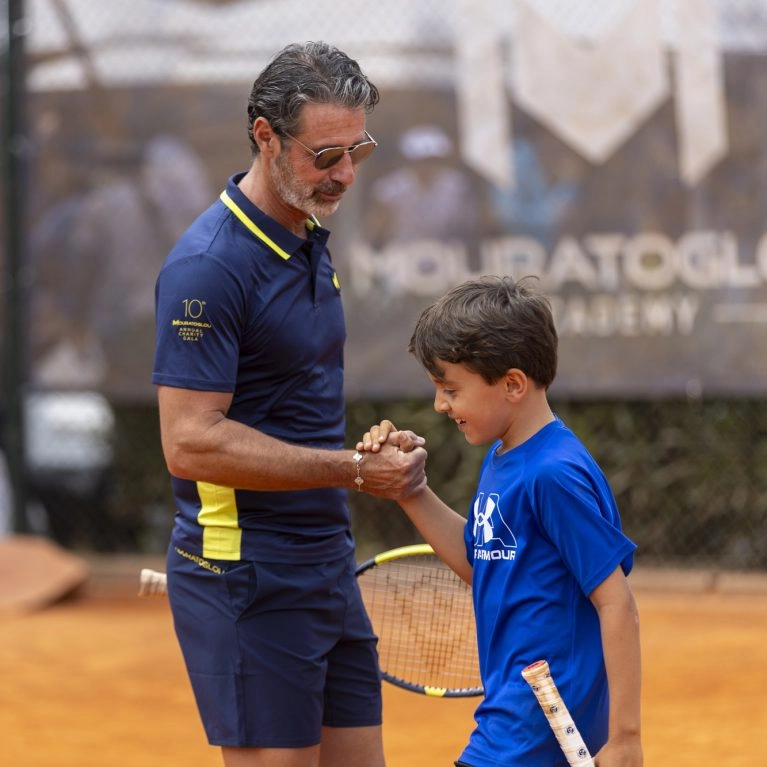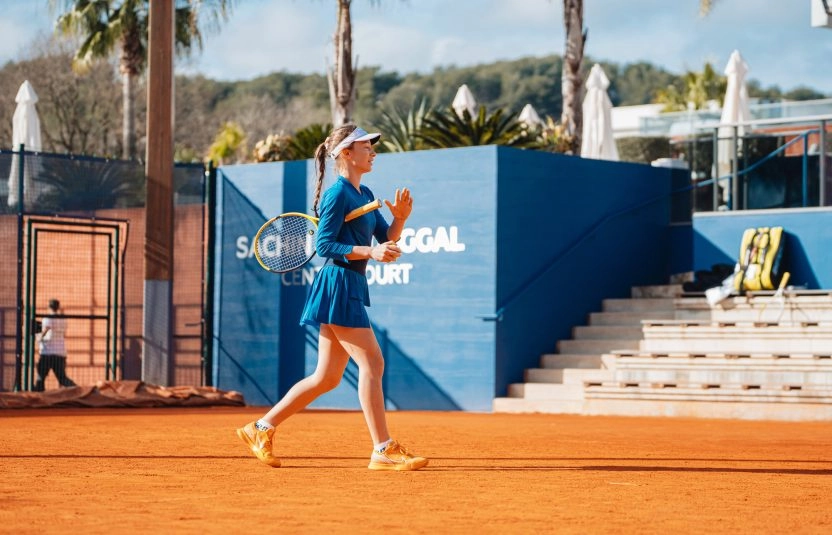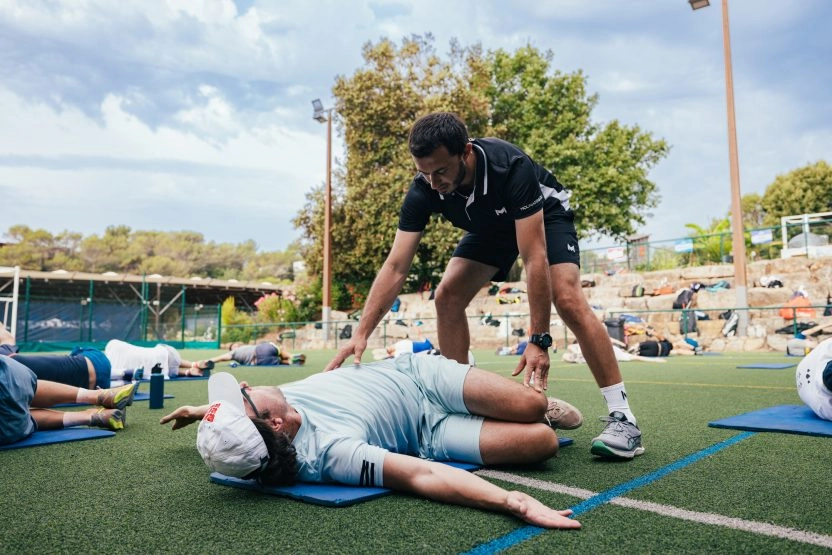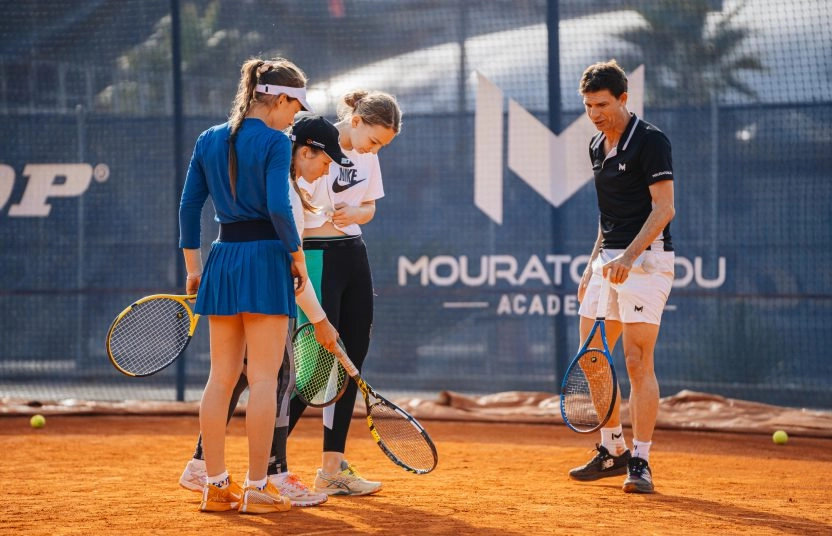Physical warm-up
The first element of an effective tennis routine is the physical warm-up. It’s essential to avoid injury and prepare the muscles for the intense effort required in a match.
- Light running: Before anything else, do a light run for around 5 to 10 minutes to raise your body temperature and get the blood flowing.
- Joint mobility: Work on the mobility of your joints (ankles, hips, shoulders) with specific exercises to improve your range of movement. This will make you more responsive and reduce the risk of injury.
- Dynamic stretching: Focus on active stretching, such as lunges, knee lifts and arm rotations. They help prepare your muscles and joints for exercise without reducing strength.
- Speed and explosiveness exercises: Incorporate a few short sprints or change-of-direction exercises to prepare your reflexes and responsiveness on the court.











